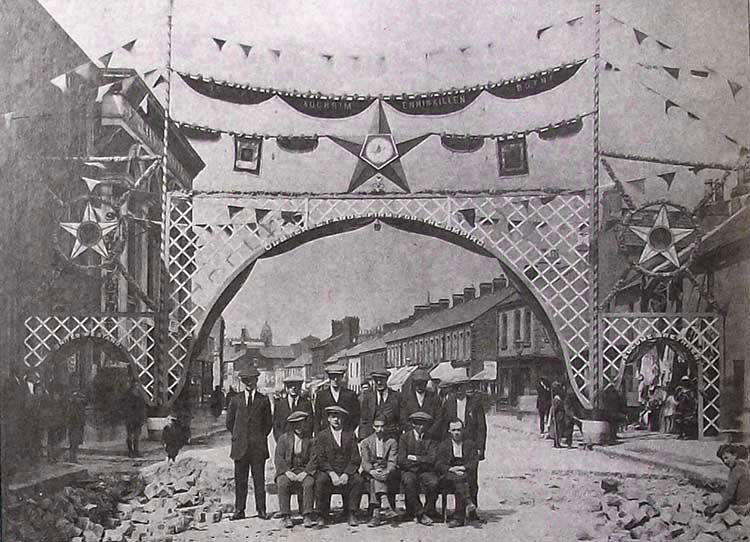The Orange Order, 1795-1995
Andrew Boyd offers a bicentennial analysis of a key element in the culture of Protestant Ulster.

Strangers coming to Northern Ireland during the summer must often be puzzled by what seems to be an incessant programme of ceremonial marching in almost every town, townland (Irish rural locality) and village, and especially in the city of Belfast. From Easter until the end of August members of the exclusively-Protestant Loyal Orange Institution (the Orange Order) and of similar associations, such as the Junior Orangemen, the oddly-named Royal Black Institution and the Apprentice Boys of Derry, engage in an astonishing total of more than 2,000 local and separate marches. The principal demonstration throughout the whole of Northern Ireland is on July 12th, when Orangemen annually celebrate the Battle of the Boyne at which, in 1690, William of Orange defeated the refugee English king, James II, a Roman Catholic.





